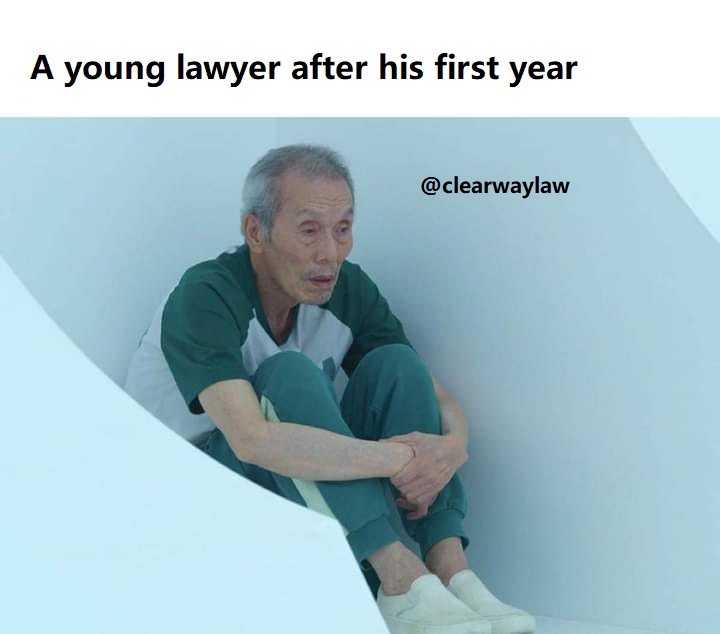The global reach of streaming services presents another challenge: navigating the complex landscape of international IP laws. What’s permissible in one country might be a blatant infringement in another.
This global disparity forces streaming services to tailor their content and licensing strategies country by country, often leading to a fragmented viewing experience for the audience. There’s a growing demand for a more harmonized international IP framework to streamline this process.
Exclusivity deals are a double-edged sword in the streaming world. On the one hand, they provide a competitive edge to platforms that secure popular shows and movies exclusively for their subscribers.
On the other, they can limit content reach and potentially stifle competition. Critics argue that such deals might hinder the overall growth of the streaming industry and restrict consumer choice. It’s a delicate balancing act between fostering healthy competition and protecting the interests of content creators.

Fair Use in the Spotlight
Fair use, a concept allowing limited use of copyrighted material without permission, has become a contentious topic in streaming. The line between fair use and infringement is often blurred, especially with the rise of user-generated content and platforms like YouTube.
Determining what constitutes fair use in the streaming context is a complex task, often leading to legal battles that could set precedents for future cases.
The Role of Algorithms
Streaming services rely heavily on algorithms for content recommendation and distribution. However, these algorithms also raise IP concerns. They can inadvertently promote pirated content or impact the visibility of original works.
The responsibility of streaming platforms in managing these algorithms is a topic of ongoing debate, as they walk the tightrope between user engagement and IP protection.
As emerging technologies like artificial intelligence (AI) and virtual reality (VR) become more integrated into streaming, they bring their own set of IP challenges. For instance, AI-generated content raises questions about ownership and copyright.
Who owns an AI-created piece – the developer, the AI itself, or the user who prompted its creation? As streaming continues to evolve, the legal framework around IP must also advance to address these novel questions.
The age of streaming TV has revolutionized how we consume content, but it’s also thrown a wrench into the traditional gears of intellectual property rights.
Gone are the days when TV shows and movies were confined to the silver screen or the television set. With the rise of streaming giants like Netflix, Amazon Prime, and Disney+, a new era of IP challenges has emerged.

Adapting IP Laws for the Digital Age
In the streaming era, intellectual property laws struggle to keep pace with technology. While these laws were crafted in an age where physical media dominated, today’s digital landscape is vastly different. Streaming services often bypass traditional distribution channels, leading to a complex web of licensing agreements.
Content creators and rights holders must navigate these murky waters to protect their work. The question arises: Are our current IP laws sufficient to handle the rapid growth and global nature of streaming services?
Despite advancements in technology, copyright infringement remains a critical issue. The ease of copying and sharing digital content has led to widespread piracy. Streaming platforms have to constantly battle unauthorized sharing and reproduction of their content.
This situation not only affects revenue streams but also undermines the efforts and rights of creators. As a result, there’s a pressing need for more robust digital rights management (DRM) systems and stricter enforcement of copyright laws.
Television streaming has revolutionized how we consume media, but it’s not without its legal battles. From copyright infringement to disputes over licensing agreements, the world of TV streaming is as fraught with lawsuits as it is with binge-worthy content.
Netflix vs. Fox: The Poaching Battle
In a landmark case, Netflix was sued by 20th Century Fox for allegedly poaching employees. This lawsuit highlighted the intense competition for talent in the streaming industry.
Netflix’s aggressive recruitment strategies, viewed as a threat to traditional studios, sparked debates over employee mobility and contract enforcement.
HBO Max and the Satellite TV Clash
HBO Max faced a lawsuit from satellite TV providers, who accused the service of anti-competitive practices. The crux of the issue was HBO Max’s exclusive streaming of content previously available through satellite services. This case underscored tensions between emerging streaming platforms and established cable and satellite providers, as they grapple for market share.
Disney+ and Copyright Infringement Claims
Disney+ wasn’t immune to legal woes either. The streaming giant found itself embroiled in a copyright infringement lawsuit over its original content. This raised questions about the fine line streaming services walk when creating content that may be similar to existing works. It was a stark reminder of the challenges facing content creators in the digital age.
Many streaming services, including Netflix and Amazon Prime, have also faced legal challenges over “geoblocking” – restricting content based on geographic location. These lawsuits delve into the complex world of digital rights management and international copyright laws, affecting how global audiences access content.
The ViacomCBS and YouTube TV Dispute
A dispute between ViacomCBS and YouTube TV over licensing fees led to a significant lawsuit. This conflict highlighted the growing pains of the streaming industry, as platforms and content creators negotiate the value and distribution of digital content.
The outcome of this case had implications for how streaming services license content and set subscription prices.
Amazon Prime’s Data Collection Concerns
Privacy concerns have also surfaced in the streaming world. Amazon Prime faced a lawsuit regarding its data collection practices.
This case brought to light the privacy issues surrounding streaming platforms and the vast amounts of data they collect from users. It sparked discussions about consumer rights and the ethical responsibilities of streaming services.
Spotify’s Royalty Rate Debates
While primarily known for music streaming, Spotify’s foray into podcast streaming led to legal challenges over royalty rates. Podcast creators sued the platform for what they deemed unfair compensation, highlighting the ongoing debate about fair payment in the digital content industry.
Impact on the Industry and Viewers
These lawsuits reflect the growing pains of an industry in rapid evolution. They have influenced how streaming services operate, impacting everything from content availability to subscription prices.
For viewers, these legal battles have a direct effect on what they can watch, how much they pay, and their digital rights and privacy.
Looking Ahead: A Legal Minefield or a Path to Innovation?
As the streaming industry continues to grow, legal challenges are inevitable. These lawsuits serve as a reminder of the delicate balance between innovation, competition, and legal compliance in the digital age.
The outcomes of these cases will shape the future of TV streaming, potentially leading to more consumer-friendly practices or, conversely, to a more restrictive digital media landscape.
Intellectual Property and Streaming TV
The age of streaming TV has brought intellectual property rights into uncharted territories. The need to reform and adapt IP laws is more pressing than ever.
Content creators, rights holders, and streaming services must collaborate to forge a path forward that respects IP rights while embracing the innovative potential of the digital age.
The future of streaming depends on our ability to balance these complex, yet crucial, aspects of intellectual property in a rapidly evolving landscape.
Author: Elizabeth “Liz” McCallum, privacy lawyer in Ontario











